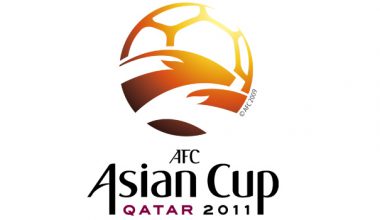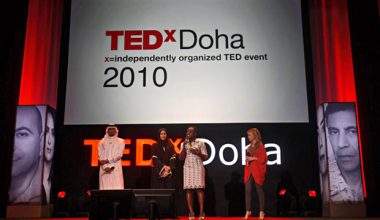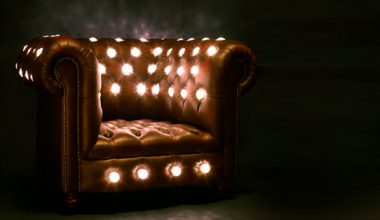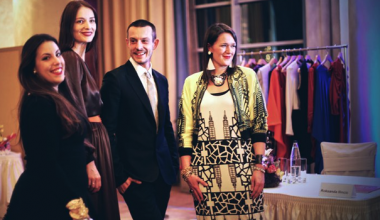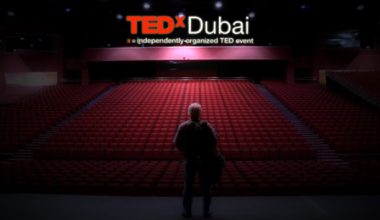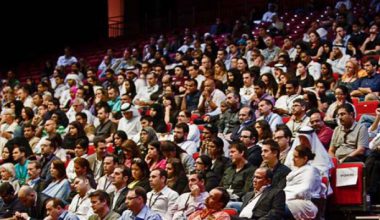Natasha Carella is the Director for Dubai Design Week, the region’s most important and largest design event, committed to amplifying talent from the region and presenting the possibilities of what can be achieved through design. The festival returned from 5-10 November 2024, for its 10th edition, showcasing design, architecture, fashion and art, alongside the design fair Downtown Design.
Natasha chatted with Khaleejesque about the festival's evolution and its pivotal role in shaping the design landscape of the region. She also gave an insight into the exciting themes of this year’s edition, and the innovative projects that continue to inspire creativity in Dubai and beyond.
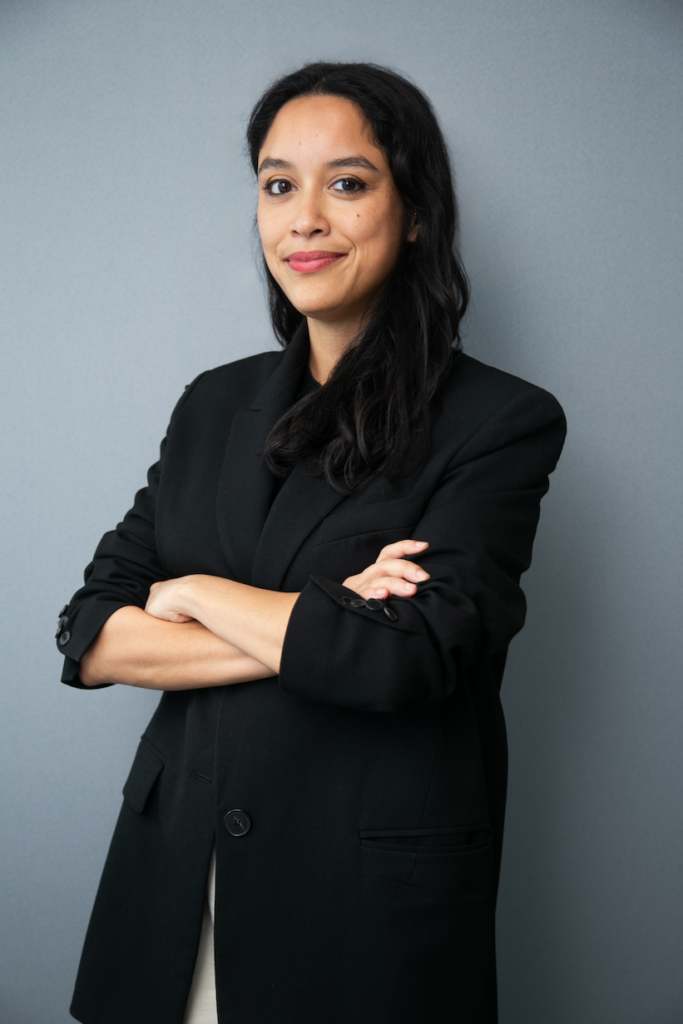
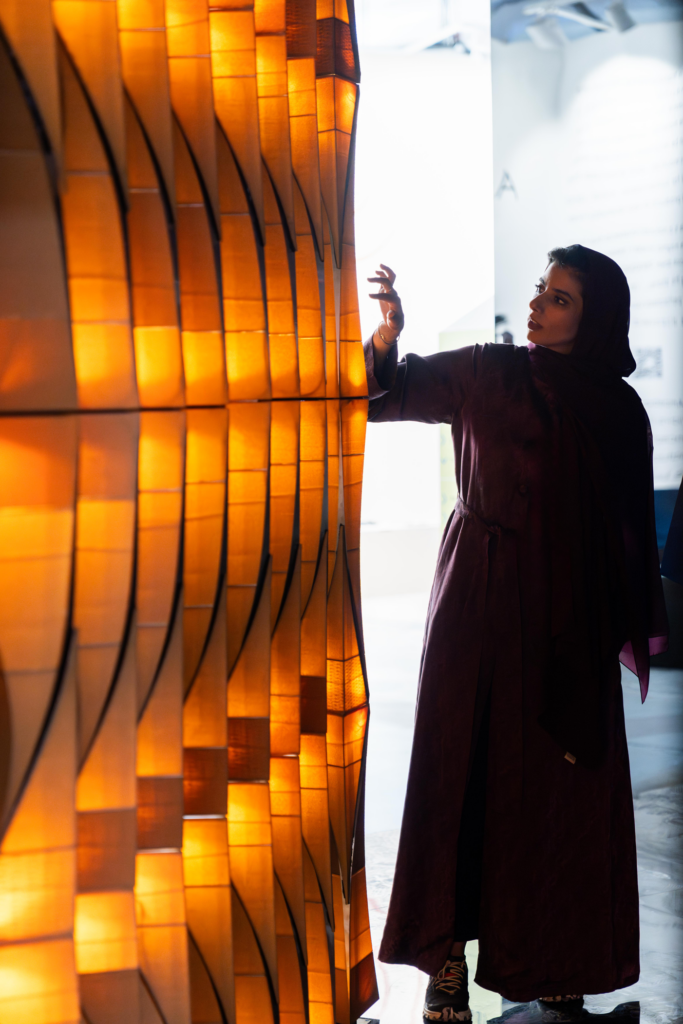
Saira Malik (S.M.): What was the key theme of Dubai Design Week 2024 as it celebrated its milestone 10th edition?
Natasha Carella (N.C.): Celebrating the 10th edition of Dubai Design Week felt like a tribute to the incredible growth and creativity that have defined the last decade. The event has evolved into a dynamic space where designers from across the world come together to share their ideas, cultures, and visions. This year, we hosted over 500 designers, from established icons to fresh new voices, in a programme that honors our journey while looking ahead to the future.
A key theme for 2024 was the exploration of vernacular architecture, focusing on the ways traditional design practices and materials can inspire innovative, sustainable solutions. The event showcased design’s role in tackling critical global challenges, particularly in relation to climate resilience and community empowerment.
As we celebrate this milestone year, we reflect on how design continues to connect us, transforming both local traditions and modern ideas into something that resonates globally. It’s about fostering a creative future that is as inspiring as the journey that brought us here.
(S.M.): In what ways has Dubai Design Week evolved over the past decade, and what makes it stand out compared to other events in the region and beyond?
(N.C.): Dubai Design Week has carved out a distinct identity over the past decade, setting itself apart through its unique approach to design as a cultural celebration and a platform for meaningful change. Unlike many other events, Dubai Design Week offers an authentic showcase of local talent, and those from the SWANA region, while drawing on global expertise. This combination of local insight and international perspective gives the event its unique edge.
What truly sets us apart is a commitment to exploring how design can address real-world issues. While many design events focus on aesthetics or industry trends, Dubai Design Week delves into how design can drive solutions for global challenges like sustainability, climate action and social equity. Designers here are encouraged to think beyond form and function, using their craft to inspire positive change for vulnerable communities and the environment.
We are equally proud to serve as a launchpad for international brands looking to establish a foothold in the region. Through Downtown Design, our annual trade fair for contemporary design, Dubai Design Week offers a testing ground for companies to engage with the Middle Eastern market, often leading to long-term collaborations and success stories.
(S.M.): Were there any emerging design trends that were featured at Dubai Design Week this year?
(N.C.): We are seeing exciting projects across mediums, driven by a blend of technology, sustainability and cultural storytelling. One exciting installation on display was the IMR Tower by Christopher Kaltenbach, a perfect example of how tech can address real-world environmental challenges. It transforms the body of a Chevrolet Suburban into an advanced insect-monitoring station, using radar technology to track invasive species that pose a threat to UAE agriculture. It is a fascinating intersection of design, technology and environmental stewardship, offering a glimpse into how creative reuse of materials can lead to ground-breaking solutions.
On the other side, we saw a beautiful blend of tradition and sustainability in Tbaba, an installation by UAE-based designers Roudhah al Mazrouei and Gerald Jason Cruz. Inspired by the rich pearl diving heritage of the Arabian Gulf, Tbaba pays tribute to the collective effort of the divers who shaped the region’s history. Using simple scaffolding and red fabric that evokes the movement of the sea, this minimalist pavilion captured the reverence for this tradition while emphasizing sustainability. After the exhibition, all materials are being repurposed, pointing to a growing trend toward creating temporary structures with a lasting environmental impact. It is a wonderful example of how design can tell a cultural story while honoring the planet.
These projects, along with many others, reflect the spirit of this year’s fair, pushing the boundaries of what design can do and help us reimagine the world with purpose.
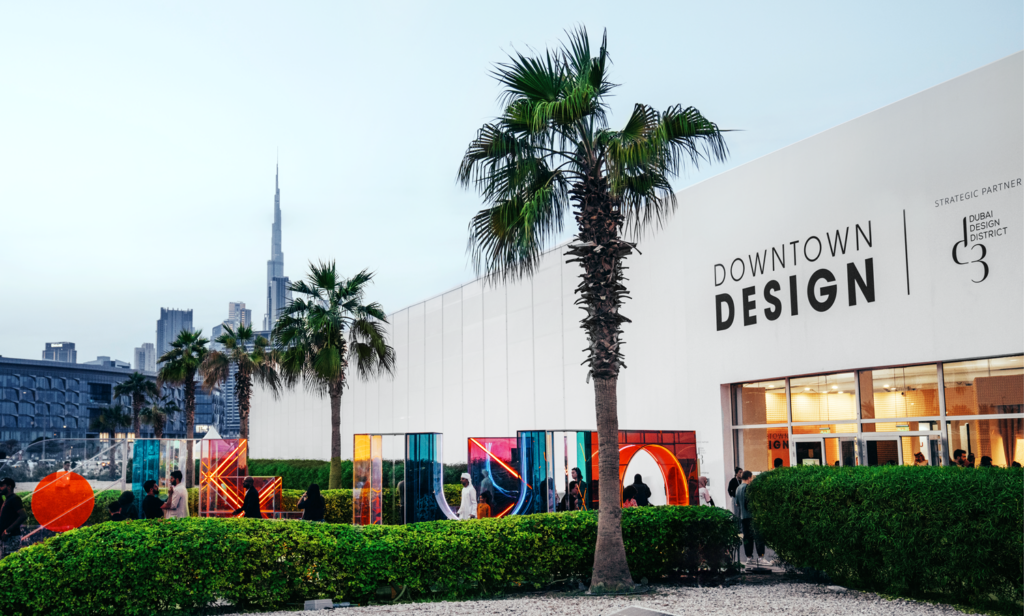
(S.M.): A key highlight for this year was the launch of Editions, can you tell us more about this program and how it fits into the broader framework of Dubai Design Week?
(N.C.): Editions Art & Design launched as a brand-new event and as the region’s first dedicated fair for limited-edition art and design. It is something we were incredibly excited about. With special talks and over 50 galleries, design studios and collectives participating, Editions offered a unique perspective on contemporary design, photography, ceramics, prints, and more.
What sets this fair apart is its accessibility. With a focus on limited-edition, collectible pieces available at various price points, Editions invited both seasoned collectors and those new to the art and design market to engage with high-quality, one-of-a-kind works. This was an opportunity for anyone interested in starting or expanding their collection to explore something new and exclusive.
Running alongside Downtown Design, Editions also expanded the landscape of Dubai Design Week, offering a new avenue for audiences to explore the world of collecting. Under the management of Art Dubai Group, this initiative strengthens the region’s growing reputation as a hub for creative investment and offers a valuable platform for collectors, artists and designers to connect and collaborate.
(S.M.): What was the theme of the annual design competition Urban Commissions, and what stood out about the winning project?
(N.C.): Urban Commissions is an integral part of Dubai Design Week, inviting architects and designers to rethink how public spaces can foster community interaction through innovative, functional design. Each year, the competition focuses on a unique theme that pushes participants to find creative solutions for enhancing urban environments. The 2024 theme, ‘Tawila’ (Arabic for "table"), challenged designers to explore the concept of the table beyond its conventional use. It encouraged them to envision how a table could act as a symbol for dialogue, cultural exchange, and connection within public spaces.
This year’s winning project, TukTukDum by Altqadum, a design studio from Oman, stood out for its deeply rooted cultural inspiration. Altqadum’s founders – Marwan Albalushi, Najd Albalushi, and Abdulrahim Alkendi – are known for weaving the cultural and natural elements of their surroundings into their designs, and TukTukDum was no exception. The project drew inspiration from the traditional musical gatherings of the Gulf, where communities would come together to accompany musicians. This concept was translated into a dynamic piece of public furniture, where the table itself becomes an instrument for interaction, inviting audiences to participate and create a shared experience.
Crafted from organic and traditional materials, TukTukDum is a playful yet thoughtful interpretation of the ‘Tawila’ theme, encouraging audiences to engage with it both physically and socially. It beautifully captures the essence of community, turning the table into a space where everyone has a role, not just as an observer but as an active participant in the creation of a shared cultural moment.
(S.M.): What impact has ABWAB had over the years on the creative community, and what was the focus this year?
(N.C.): Abwab, meaning "doors" in Arabic, has become a vital pillar of the Dubai Design Week experience, creating a platform where designers from across the region can showcase their talent and explore themes rooted in their cultural identity. Over the years, it has offered a rare opportunity for over 180 designers from countries like Egypt, Tunisia, Lebanon, Bahrain, and the UAE to present their work on a global stage. Abwab has fostered a community of creatives who are encouraged to reflect on their local heritage while connecting with broader global discussions.
In 2024, the focus was on vernacular architecture – a theme that resonates with the region’s deep-rooted traditions in material use and climate-responsive design. Participants were invited to reimagine ancient architectural practices in ways that align with modern sustainability principles. The aim was to explore how design can be environmentally conscious, yet also regenerative, fostering a deeper connection between culture, nature and innovation.
(S.M.): Can you share some insights about any particularly exciting installations that audiences engaged with this year?
(N.C.): We were thrilled to present a wide range of captivating installations that offered our visitors an immersive and meaningful experience across various mediums. One piece I was truly excited about was Enfold: Holistic Embrace of Body and Technology by DEOND, which takes inspiration from biomimicry. The installation’s design references the textures of nature, with an exterior reminiscent of a rough, spiky seed that shelters a calming, regenerative space within. The structure features a perforated roof that allows soft, natural light to filter through, creating a meditative experience that evolves with the path of the sun.
Another installation that truly embodied the spirit of resilience was In Bloom Again by MASKA, in collaboration with Emirati illustrator Mariam Abbas. It uses a circular, sheer fabric enclosure to symbolize renewal and growth, blending organic materials with artistry. The interactive element invited visitors to engage with the piece, adding a personal connection to its themes of hope and renewal.
On the exhibition side, we had L’ÉCOLE School of Jewellery Arts, curated by Victor Gastou. This showcase featured an extraordinary ring collection, spanning from ancient Egyptian artifacts to contemporary designs, offering a deep dive into the world of men’s jewelry. It was the largest exhibition of men’s jewelry ever held in the Middle East, allowing visitors to explore the evolution of this often-overlooked aspect of art and craftsmanship. We were excited for audiences to engage with these diverse expressions of creativity throughout the week.
(S.M.): What are some of the activations that connected with the local community and also celebrated local design and creativity?
(N.C.): Dubai Design Week is all about connecting the local community with the incredible talent that calls the UAE home. One of the most exciting activations this year was the UAE Designer Exhibition, which brings emerging designers to the forefront. Curated by Omar Al Gurg, it provided a unique platform for young talent to showcase their work to a diverse audience. This exhibition was not just about visibility; it was about opening doors to meaningful opportunities, from commercial leads to collaborations that can help shape their careers. Watching these creatives find their footing and thrive was one of the highlights of the week.
Beyond that, the programme was filled with activations that celebrate local creativity. From large-scale installations to hands-on workshops and exhibitions, Dubai Design Week offers something for everyone. Many of the participants were UAE nationals or long-time residents, each bringing their own perspective to the table. This diversity is what made the event so special; it’s a true reflection of the UAE’s rich cultural tapestry. These activations aren’t just about showcasing talent; they were about fostering a sense of community and collaboration, giving both designers and the public a chance to engage with the creativity that makes the UAE such a vibrant hub for design.

(S.M.): How was the topic of sustainability and environmental consciousness being addressed through programming this year?
(N.C.): Sustainability is a crucial lens through which we approached this year’s Dubai Design Week. We wanted to create a platform where designers can challenge traditional practices and explore new ways to minimize environmental impact. One of the ways we drove this dialogue is through the Abwab commissions, where we asked designers to work exclusively with organic and sustainable materials. These installations are powerful examples of how thoughtful material choices can create innovative, eco-friendly solutions, without compromising on creativity or impact.
Our workshops and discussions this year were equally focused on encouraging designers to take a more holistic view of sustainability. From material innovation to ethical production processes, we facilitated spaces where participants could engage directly with the challenges we face and the solutions design can offer.
A key element of our programming is also Colab, the region’s first material library dedicated to showcasing ground-breaking, sustainable materials. Participants had access to a wide array of resources that inspire them to rethink conventional methods and adopt new, more environmentally conscious approaches in their work. It is all about giving designers the tools and knowledge to integrate sustainability into their processes from the very start.
Installations throughout the event also reflect a commitment to responsible design. A standout example was the Shadow Pavilion by Metadecor. This project elegantly addresses a fundamental architectural challenge in regions where sunlight is abundant – how to create comfort without relying on electricity. The pavilion was designed to provide shade, demonstrating how simple yet thoughtful design can drastically improve comfort in sun-drenched environments. It is a wonderful example of how architecture can engage with natural elements, showcasing an intelligent and sustainable approach to design.
Another highlight was Coralis Lumina by Mohammed Arief, a fascinating installation inspired by the organic beauty of coral reefs. It features forms of varying heights and flowing shapes, creating a stunning interplay of light and shadow. Visitors had an immersive experience that felt as though they were walking through an underwater world. What makes this piece even more remarkable is its use of advanced 3D printing techniques and sustainable plastics that blend cutting-edge technology with environmental consciousness. By doing so, Coralis Lumina celebrates the intricate beauty of coral reefs while raising awareness about the importance of sustainability in art and design.
(S.M.): Were there any special initiatives planned to mark the 10th anniversary of Dubai Design Week?
(N.C.): At the heart of the celebration are Dubai Design Week's iconic installations, conceived by visionary architects, designers, engineers and urbanists, as well as design-led brands and cultural institutions. Each year, these installations captivate audiences with bold, thought-provoking designs that explore the convergence of science, technology and sustainability. They push boundaries by reimagining materials of the past and creating new forms that foster a future rooted in responsible design.
Over the years, these installations have showcased groundbreaking techniques using organic and upcycled materials such as palm leaves, loofah, mycelium, and 3-D printed architecture. This year, for the 10th anniversary edition, immersive experiences like The Neo-Majlis, an inflatable art installation celebrating the resilience and adaptability of Middle Eastern nomadic culture, and The Warp by Oxara from Switzerland, which blends circular design practices with playful, dynamic architecture that interacts with light and space.

(S.M.): Looking back at the last 10 years of Dubai Design Week, what impact has it had on the cultural landscape of Dubai?
(N.C.): Over the past decade, Dubai Design Week has become a cornerstone of Dubai’s cultural evolution, uniting the creative community to exchange ideas and showcase the transformative power of design. Originally conceived as a celebration of creativity, it has since grown into an influential platform, shining a spotlight on regional talent while also addressing critical global issues such as sustainability and social responsibility.
By giving designers a global stage, Dubai Design Week has strengthened its position as a catalyst for meaningful change. It has also earned its place as a must-attend event for international designers, businesses and cultural institutions eager to engage with the region, often leading to lasting partnerships and deeper involvement in the market. Looking ahead, Dubai Design Week remains committed to amplifying voices from the SWANA region, constantly pushing the boundaries of how design can shape a more sustainable and impactful future.
(S.M.): What professional advice would you offer to creatives in the region looking to advance their careers?
(N.C.): Start by drawing inspiration from your surroundings. The region’s history, culture, and environment offer a rich source of ideas that are often overlooked. Tapping into these local elements can make your work feel more genuine and relevant to both regional and global audiences.
Collaboration is also key. Surround yourself with people who challenge your perspective—those different viewpoints often lead to the most innovative ideas.
Finally, don’t limit yourself to design alone. Engaging with art, technology, science, or social issues can broaden your thinking and bring fresh perspectives to your creative process.
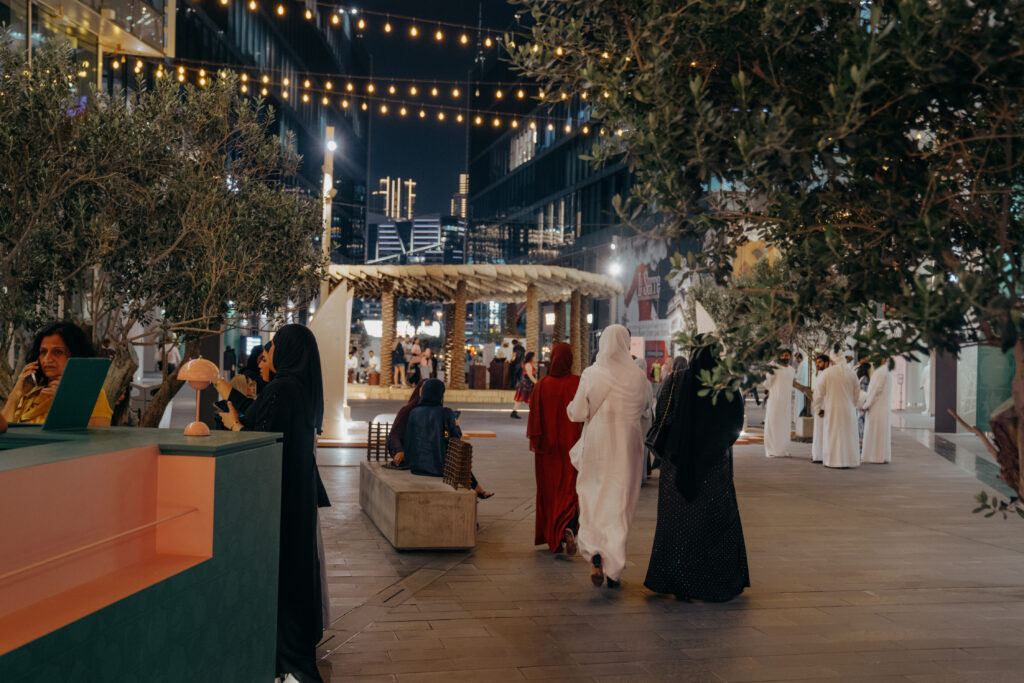
(S.M.): How can creatives get involved in Dubai Design Week next year?
(N.C.): There are plenty of ways to showcase your skills and connect with the community. Look into submitting your work for exhibitions like Downtown Design or Editions, which offer great platforms to display your talent. You can also explore opportunities with programmes like Abwab and Urban Commissions, where you can contribute to public installations that enhance the city's cultural scene.
I suggest attending workshops, panel talks and discussions to learn from industry experts and network with other creatives. Collaboration is crucial too, partnering with established brands or fellow designers can lead to exciting new projects down the road.
Pop-up events are another great option to showcase your work and reach different audiences. You could even volunteer or intern with the Dubai Design Week team to gain experience and make valuable connections.
(S.M.): Finally, what are your insights on the regional creative scene, and what aspects are you most excited about for its future?
(N.C.): The regional creative scene is vibrant, with a growing emphasis on showcasing talent from the SWANA region. What excites me most about its future is the potential for deeper collaborations between various industries, such as architecture, product design, and sustainability, particularly as they work to address global challenges like climate change, urbanization, and resource conservation.
I'm also excited about how the region is embracing technology, with advancements like AI playing a more significant role in design and how it integrates into our lives. There will be a continued effort to bridge local traditions with contemporary practices, fostering a dialogue that honors heritage while encouraging innovation. As the region grows its influence on the global design stage, I’m eager to see Dubai Design Week continue to be a space for cross-cultural exchanges, experimentation and discovery.
The festival will remain at the forefront of these developments, evolving to meet the needs of the region and the wider world, including through more digital and hybrid experiences that will broaden participation and accessibility on a global scale.
Images courtesy of Dubai Design Week


